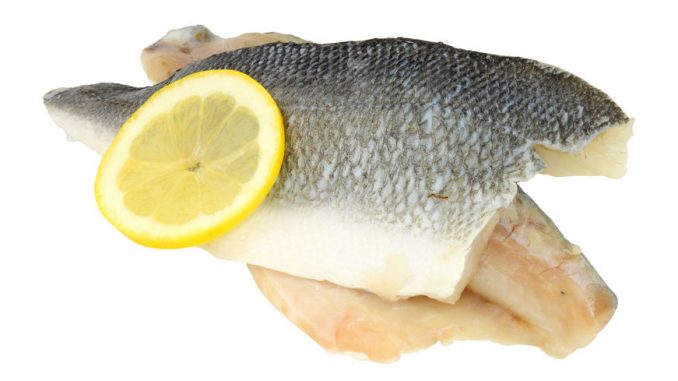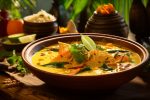
Basa was a fish that we didn’t really know a great deal about unless you were ‘travelling’ throughout Vietnam rather than just slumming it up in a local tavern. That was the fish to eat as part of the authentic South-Eastern experience. Nowadays there are plenty of ready meal fish dinners where this particular catfish has become a celebrity with lemon and butter as garnish.
The Basa is a fish which we might also know by its scientific name which is Pangasius bocourti. It is a true native of South-East Asia and is sometimes called swai, panga or bocourti in the USA and Canada. In China it is called tra fish and this country is a huge consumer of what they regard as a delicacy. For Vietnam, this fish is one of their main protein food exports as well as feeding a substantial portion of its population. Much of the fish is farmed in the great Mekong delta. For those of us in the UK, we not only call it basa but Vietnamese River Cobbler (really?). It probably now rivals Channel Catfish for our tastebuds.
There is a slight confusion over names as basa is not the same as swai because this is another fish species that is much coarser and has a grainy texture. One of the issues with basa as we mention later has been the misnaming of the fish by both unscrupulous and exporters and importers.
The Ministry of Agriculture and Rural Development (MARD), in 2018, reported that export turnover was at its highest level ever. The figure of US$2.26 billion is now widely quoted and is up 26.4 per cent compared to 2017 and 15 per cent compared to objectives. It is likely that figure will just continue to rise.
The consumption of basa fish in the European market in 2018 reached roughly US$231.3 million, up 19.1% compared to 2017. It is now much cheaper than it used to be even though it must be imported. It seems to compete very well with native producers of catfish which has meant a rise in obstruction to its movement to different parts of the globe.
In the USA, the basa has become the main competitor to the domestic catfish producing market. At the moment there is a severe decline in the US commercial production of there own indigenous forms of catfish because so much Pangasius is being imported from Vietnam.
Using Basa In Cooking
Basa is not pretty. It is pot bellied with a shovel for a head.
The fillet is large and white, has very few bones with a flesh that is firm but light. The flavour is very mild. Not everyone would agree though because for some folks catfish of any sort is never to their liking.
The fish itself is a high yielder of meat. Its other great advantage is where the proportion of meat to bone is extremely high. There is no nasty ‘niff’ and it is amenable to a range of cooking methods and the development of some excellent flavours when combined with sauces. [Possessing an absence in the flavour department makes it ideal for product developers working with flavour ranges].
The fillet is great for pan frying and for adding curry flavours because it takes them so well. A curried fish pie or one with a filo pastry topping is excellent fare when this fish is employed. Chilli is also a great friend as Jamie Oliver would say and it seems to work with both sweet and savoury.
Illegal Naming Of Basa
One of the issues with production has been illegal misnaming of other poorer quality fish as basa. In fact fraud where this fish is concerned is one of the worst examples. Better authentication methods in other countries importing the fish have markedly improved. Likewise, the fish is now passing the very strict trade and technical hurdles presented by the US State Department of Agriculture (USDA). In some places it was being passed off as cod but surely those of us familiar with that fish would have noticed a considerable difference in texture let alone flavour!
The Nutritional Value
From the nutritional perspective this fish packs lots of omega-3 fatty acids. About 100 grams of this fish comes with 4 grams of fat of which the vital portion is between 2.6 and 6.7 per cent omega-3 fatty acids. That makes it worth serving as one of those key portions of fish during the week. Its worth noting that the cholesterol is quite high although we shouldn’t get too hung up on cholesterol given it is vital for healthy living. A fillet contains roughly 50 mg of cholesterol in every 100g of flesh. High levels of cholesterol in the blood are associated with cardiovascular disease but not in all cases.


Leave a Reply